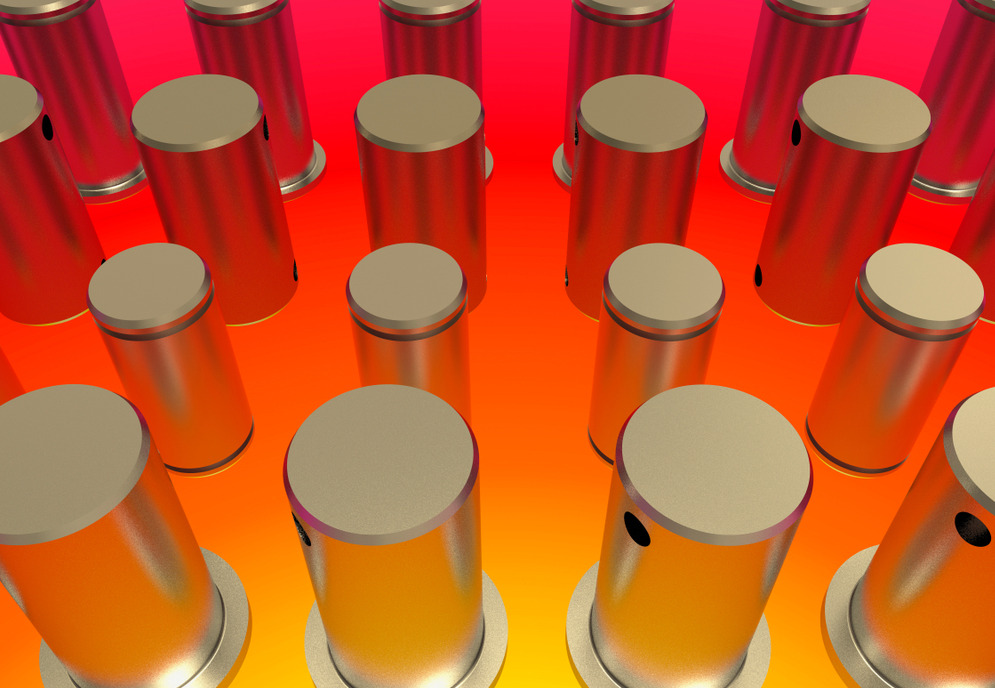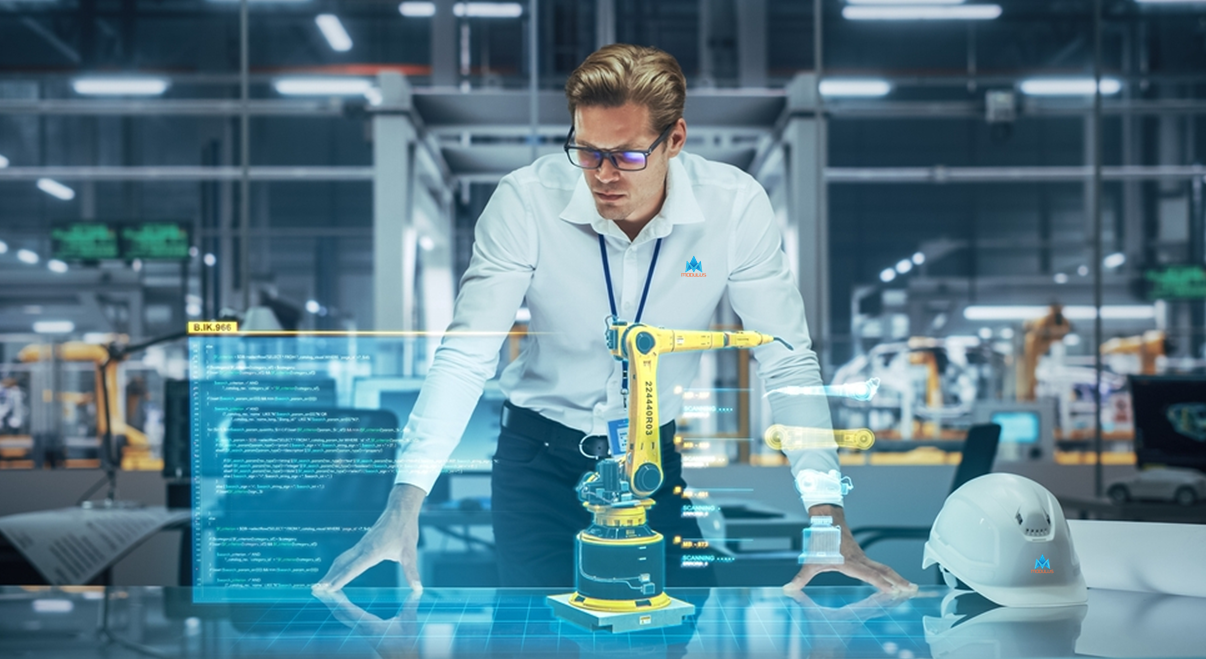Annealing
Annealing is a heat treatment operation that modifies a material’s microstructure to adjust its mechanical and electrical characteristics. Annealing is often used in steels to lower hardness, enhance ductility and minimize internal stress.
Advantage: Recovering ductility after cold working, decreasing mechanical stresses caused by grinding, machining
Applicable Materials: Steels, Copper, Aluminum, Brass
Process:
Subcritical annealing temperature: 538°C – 649°C, no crystal structure change.
Intermediate annealing temperature: 649°C – 760°C, some transformation to austenite
Full annealing temperature: 816°C – 927°C, completely austenitization of the work
The process is taken place in a vacuum or a reducing atmosphere when surface finish quality is important.
Normalizing
The goal of normalizing is to achieve a homogeneous and fine grained structure in the steel. The method is used to produce a consistent microstructure and ensure the mechanical characteristics of the steel.
Advantage: The microstructure of steel after hot or cold deformation and casting is typically inhomogeneous, with big grains and undesirable structural components like bainite and carbides. This microstructure has a detrimental influence on the mechanical characteristics and machinability of the steel. The steel can be normalized to provide a finer-grained homogenous structure with predictable characteristics and machinability.
Applicable Materials: Mainly carbon and low alloyed steels
Process: 800-920°C, after heating and a short soaking time at this temperature range, parts are cooled in the air. To avoid oxidation and decarburization, various heating and cooling processes can be carried out in the presence of protective gas.
Soft Annealing
It’s a type of heat treatment conducted in the upper limit of the ferrite/cementite phase-field (A1 area). The treatment’s purpose is to soften a material and after soft annealing, the material becomes soft and can be machined easily.
Advantage: Reduces hardness, increases machinability
Note: Soft annealing causes sticky chip formation during machining of Low Carbon Steels so it is not the preferred method for low carbon steels.
Applicable Materials:
High Carbon Steels, Tool Steels.
Copper and brass ( to soften the material after cold forming processes )
Process:
Steels: Depending on the steel alloy, the process temperature should be set between 700°C and 900°C. Soaking time : >4hrs (spheroidization time , cementite lamellae decomposes into small round spheroids in a soft ferritic matrix.)
To avoid oxidation or decarburization, soft annealing is generally done in a furnace with a protective gas or in a vacuum furnace.
Copper: Temp. between 300°C and 650°C
Brass Alloys: Temp. between 425°C and 650°C
Recrystallization
Sub-Critical Annealing
Inter-Critical Annealing


